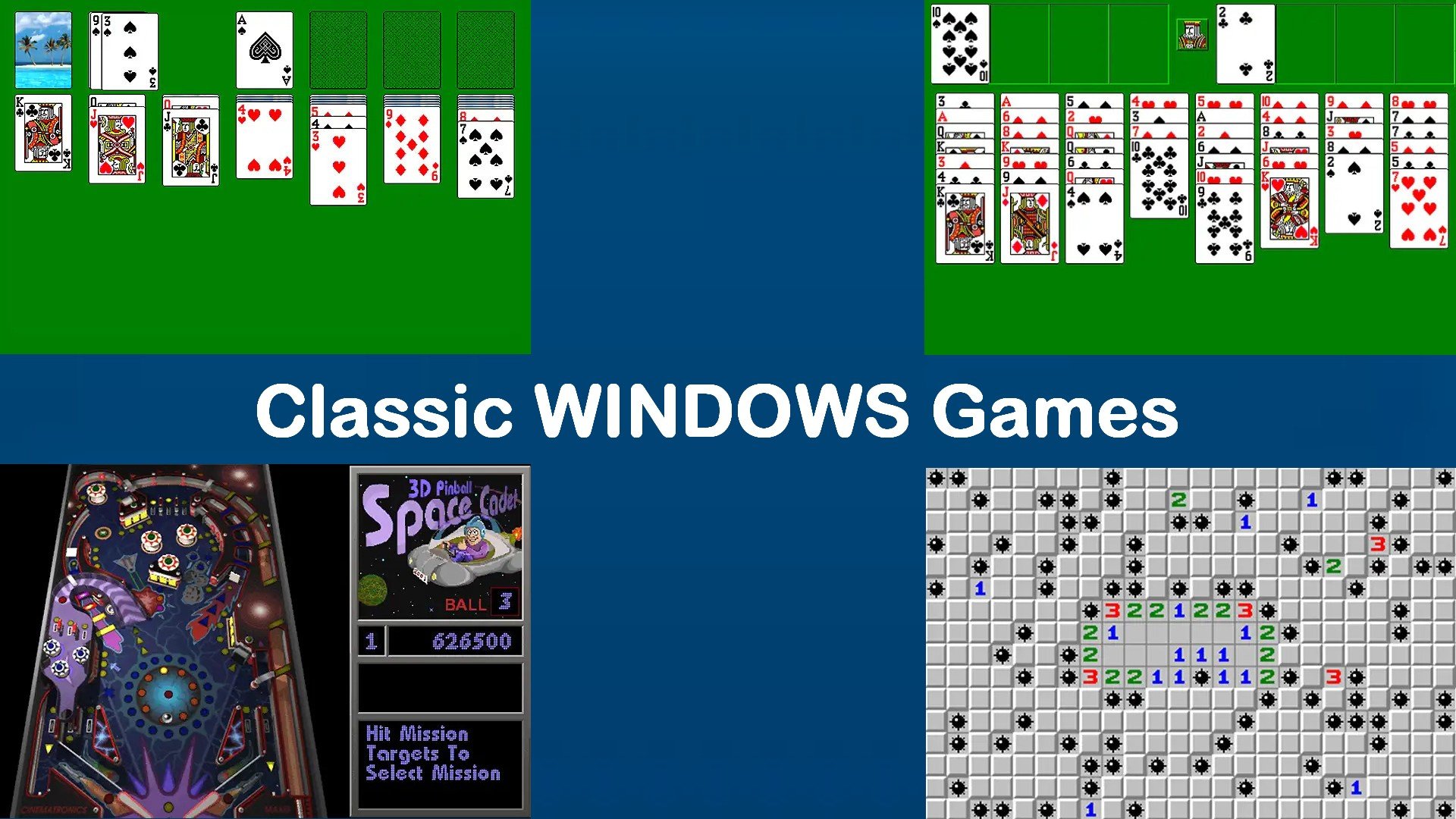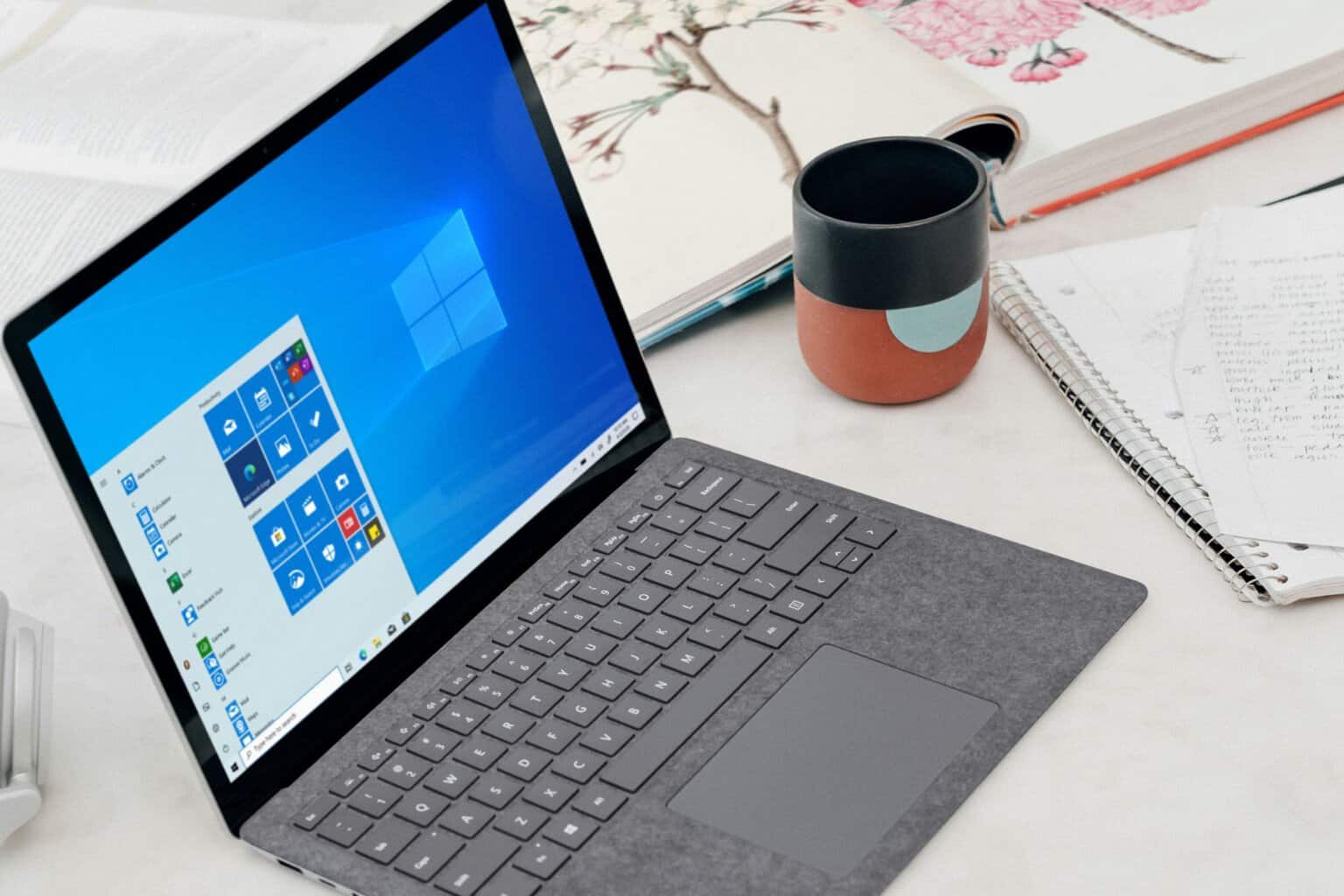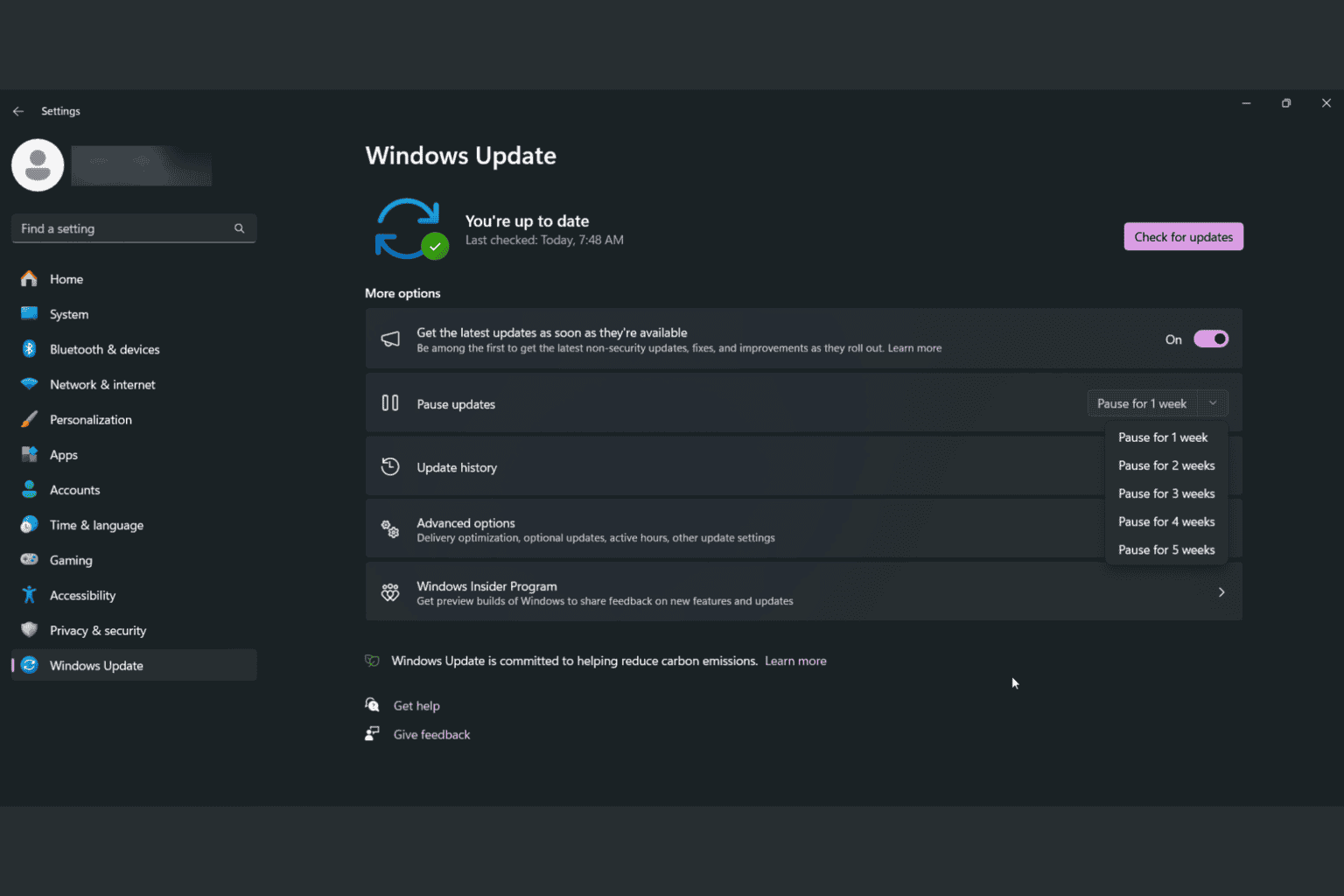Windows 10/11, 8 on 128-bit: What You Need to Know
3 min. read
Updated on
Read our disclosure page to find out how can you help Windows Report sustain the editorial team. Read more

Just like I was saying in a recent article, I have many friends that don’t know too much about computers. And I don’t consider myself an expert, neither, but there are some questions that even I can answer. So, whenever I see people looking for this – “Windows 10, Windows 8 on 128-bit” or “Windows 8, Windows 10 works on 128-bit?” I realize that this needs a little bit of explanation. For those that don’t want to read too much (TL-DR adopters) or already know the difference between 128-bit and 64-bit, you should know that Windows 8, Windows 10 on 128-bit is nothing more but a fairytale.
128-bit computers
For those that are still looking for this, even now, after Windows 8, Windows 10 have been released, you should really read the following:
While there are currently no mainstream general-purpose processors built to operate on 128-bit integers or addresses, a number of processors do have specialized ways to operate on 128-bit chunks of data. The IBM System/370 could be considered the first rudimentary 128-bit computer, as it used 128-bit floating point registers
This explains it all, doesn’t it? We don’t need and we won’t go into very advanced and geekish argumentations – 128-bit is A LOT more processing power than x64 currently. Take into consideration quantum computer progress, for example. Today, barely anyone has 64-bit computers. And you’d think that 128-bit is just double the power of 64-bit. Well, ponder over this.
A 64-bit register can store 264 (over 18 quintillion) different values. Hence, a processor with 64-bit memory addresses can directly access 264 bytes (=16 exbibytes) of byte-addressable memory.
and now, for the “Holy Grail”, the 128-bit
128-bit processors could be used for addressing directly up to 2128 (over 3.40 × 1038) bytes, which would greatly exceed the total data stored on Earth as of 2010, which has been estimated to be around 1.2 zettabytes (over 270 bytes).
Windows 10 0n 128-bit – No, not really
So, who is looking for Windows 8, Windows 10 on 128-bit either needs a little bit of explanation to be done to him or he’s secretly keeping a supercomputer hidden in a bunker at the North Pole. A more fortunate comparison is perhaps looking at the first mobile phone bricks and the actual 5G standard that we’re striving for.
But who knows, maybe Windows 10 will live for 50 years or so, and the next version after it will indeed bring support for 128-bit computers. However, that is highly unlikely and it’s obvious that Windows 10 won’t be available for supercomputers. We have a modified version of Windows on various systems through Windows Embedded 8, but I don’t think it will go beyond that.
Taking into account mainstream consumer needs, it is safe to say that the 64-bit architecture is the peak of what average consumers need right now. Increasing to 128-bit makes sense when running powerful AI or Mixed Reality software. However, I really think we’re decades away from making AI software mainstream. Indeed, judging by the current progress rate, this will happen sometime in the future, but unfortunately, we won’t live long enough to test 128-bit computers during our lifetime.
RELATED STORIES TO CHECK OUT:
- Microsoft creates new quantum computing particle less prone to errors
- Microsoft launches Quantum Dev Kit with Q# programming language
- Best artificial intelligence antivirus programs for Windows 10








User forum
0 messages